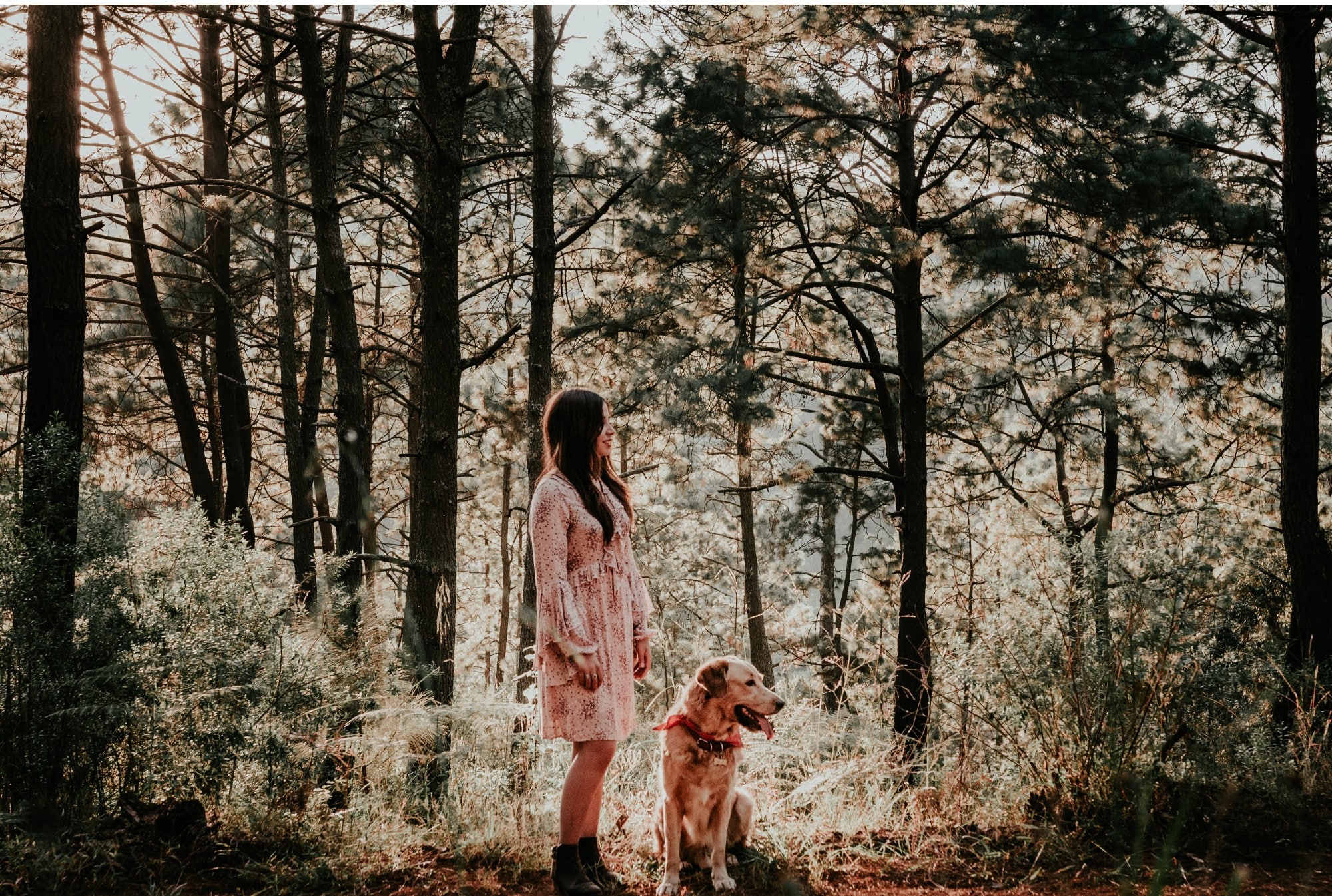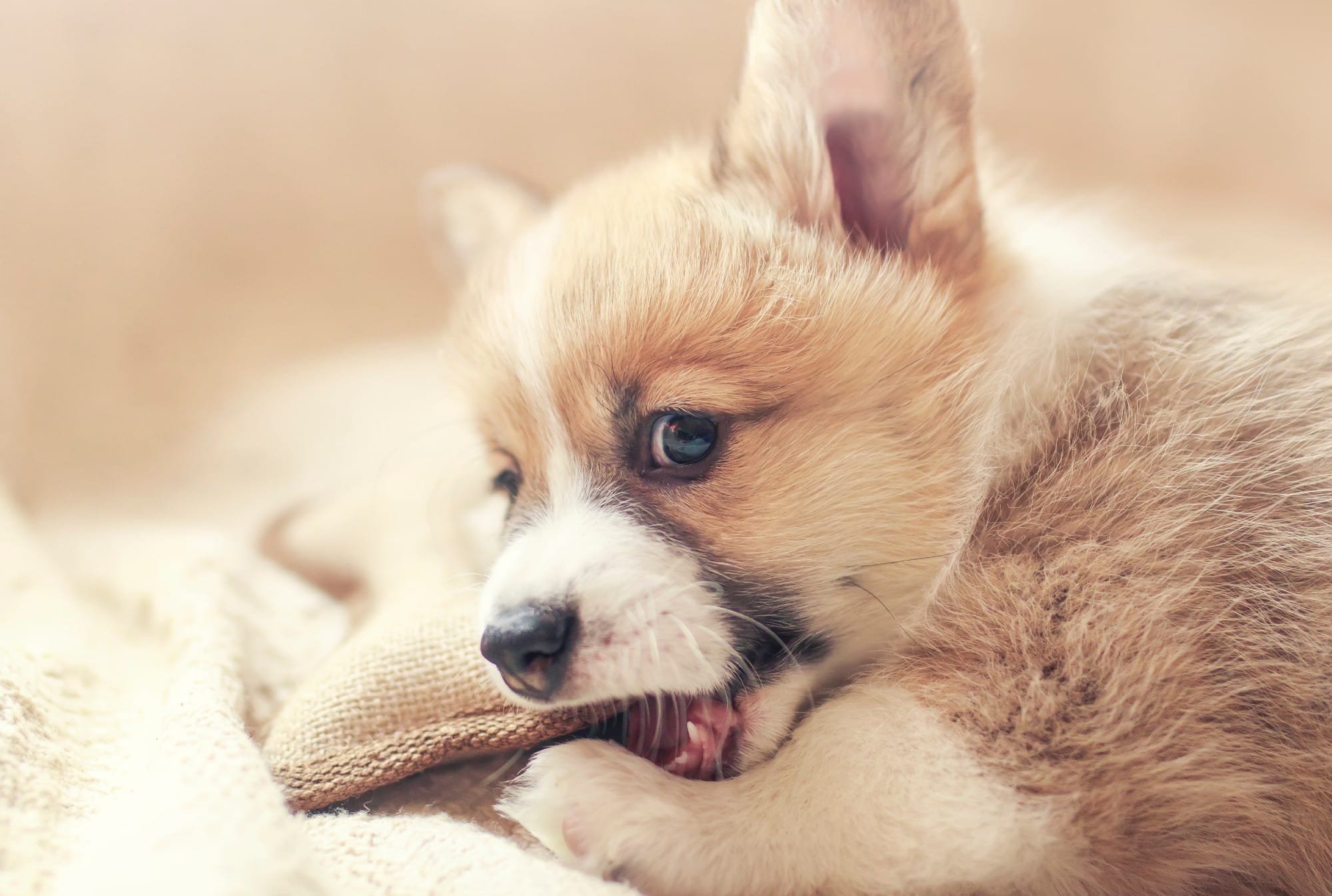Many dog parents think it will never happen to them or their family — right up until the moment it does. One minute, their child was playing with the dog, and the next minute, the child is screaming. Unfortunately, a dog biting someone familiar happens more often than you might think.
The AVMA reports that every year, approximately 1 in 5 people are bitten by dogs — and the majority of those victims are children. They note that not only are there specific reasons why dogs bite, but dogs actually give us plenty of signals that they are uncomfortable, stressed, or threatened by something we’re doing. In most cases, a dog bites someone as a last resort.
A study on dog bite fatalities by the Center for Animals and Public Policy at Tufts University found that “Most DBRFs (dog bite fatalities) were characterized by coincident, preventable factors; breed was not one of these.” In other words, there were several factors occurring at the same time that resulted in a fatal attack — but most importantly, the attacks could have been avoided.
Related: How to Prevent the 4.5 Million Dog Bites That Occur Every Year (Infographic)
Why Dogs Bite
“Dogs bite for many reasons,” says Lauren Novack, associate certified dog behavior consultant at Behavior Vets of NYC. “Often, biting is rooted in fear, anxiety, or pain. It is an effective way to get something unpleasant to stop happening and in general is a distance-increasing behavior.”
In almost all cases, don’t do not bite out of the blue; dogs bite as a reaction to something. It could be they are:
- Startled by something suddenly; that why it’s always better to “let sleeping dogs lie.”
- Afraid of something.
- Protecting their territory, human family or puppies.
- Stressed.
- Not feeling well.
- In pain, particularly if you’ve touched them somewhere that hurts.
- Protecting something that’s valuable to them, like their food or a toy.
- Creating physical distance.
- Perceiving another person or dog as aggressive.
“As humans, it’s our job to understand dog body language so that we can recognize and respond appropriately when a dog is asking for space,” says Novack. “Body language can be subtle, and we want to make sure that subtle signals work for the dog so they don’t have to escalate to growling or biting.”
How to Prevent a Dog Biting
While we love our dogs, we often don’t know how to speak their language. We anthropomorphize to the extent that some dog owners are insulted if you refer to their pooch as a dog. And while there’s nothing wrong (and everything right) with viewing your dog as a family member, if you want to give your dogs the best life possible, you must remember that they are not, in fact, human.
Humans and dogs communicate in different ways. For example, as humans, we express love most frequently through touch. Since we experience a hug as affection, we assume that dogs will too. Most dog owners hug and kiss their dogs. And while it’s true that over time, many dogs have learned that we mean them no harm when we wrap our arms around their neck and squeeze, most dogs still don’t like it. And because so many dog owners don’t know how to read their dog’s body language, a heartfelt hug at just the wrong time or by the wrong person may end up in a hugger getting bit.
The fact is that dogs usually try desperately to tell us they don’t like something before they bite. “Depending on the situation, dogs may turn their head away, lick their lips, freeze, lower their head, attempt to move away and/or give quick licks,” says Novack. “They may tuck their tail, raise their tail high, and even ‘wag’ their tail with short, quick motions. These changes in body language can happen very quickly.”
To prevent a dog bite, you need to be able to translate doggy body language, says Novack. “If you know what to look for, and if these subtle changes in body language always result in leaving the dog alone or removing scary stimuli from your dog’s environment, your pup will have no reason to escalate to growling or biting,”
Related: A Dog Bite Could Cost Upwards Of $56,000. Here Is How to Prevent Them From Occurring.
Follow Lauren Novack’s guide to translate your dog’s messages:
Please give me space signs
- Turning head away
- Licking their lips
- Attempting to move away
- Giving short, quick licks to you
- Tucking tail
- Head ducking
- Crouching
She recommends that you examine the environment and circumstance to determine what it is that is causing your dog stress.
- Is it something/someone approaching? Block that thing/person from coming any closer.
- Are you touching your dog? Stop.
- Does your dog need alone time in another room? Give it to them.
I asked for space — back off
- Freezing
- Lowering the head
- Raising the tail high above their back
- Hard stare
Back the *@^$ off
- Exposing teeth
- Growling
- Air snap (when they bite the air close to you and purposefully do not make contact)
Once again, you should examine the environment and circumstance to determine what it is that is causing your dog stress.
- Is something or someone approaching? If so, tell that person to stop moving and stay away — or physically move them away.
- If you are looking at your dog, avert your gaze and move your body so that it’s sideways to the dog.
- If you are touching your dog, stop.
- If you are hovering over your dog, stand up and take a step back. Move your body so that you are sideways in relation to your dog.
What to Do If Your Dog Bites
What to do immediately after or during a dog bite depends on the severity and kind of bite, says Novack.
Sophia Yin, who was a renowned veterinarian, applied animal behaviorist, author and lecturer, applied different levels to bite severity (you can download Canine Bite Levels Poster here). In her system:
Level 1 is a “pre-bite.” That means the dog has snapped at the air, but not made any physical contact. She suggests that you determine what signs you missed and what action or event caused your dog to snap. Do not yell at or “punish” the dog, as this will increase the chances of the dog just biting instead of trying to communicate first with body language.
Level 2 is when the dog snaps and the teeth make contact with your skin, but they don’t puncture it. The advice is the same as for Level 1.
Level 3 has sublevels. Level 3A, the dog bites and punctures the skin, but it isn’t deep, meaning the canine teeth didn’t sink all the way down into the skin. Level 3B is the same kind of bite as 3A, but the dog bites more than one time.
Levels 4 through 6 are all serious bites, with Level 6 representing a fatal bite. These type of bites usually mean that whatever has been frightening or stressing the dog has been happening for quite a while without being addressed.
The idea of a system of levels is to give humans the time to discover what’s bothering their dog — before the situation is irreparable.
“The first step is to assess your dog for pain to make sure there isn’t an underlying medical condition that needs to be addressed,” says Novack. “Ask yourself ‘who, what, where, why, and when’ to determine the reason your dog became aggressive.”
Don’t ever ignore this type of behavior: figure out what the catalyst is before the dog actually bites someone. If you can’t determine the cause, or your dog has actually bitten someone, contact a professional, says Novak. “Look for a certified dog behavior consultant or a veterinary behaviorist. What to do next depends on why the dog bit, how severe the bite was, and how many times the dog has bitten in the past.”
Related: Why Do ‘Friendly’ Dogs Bite?




















